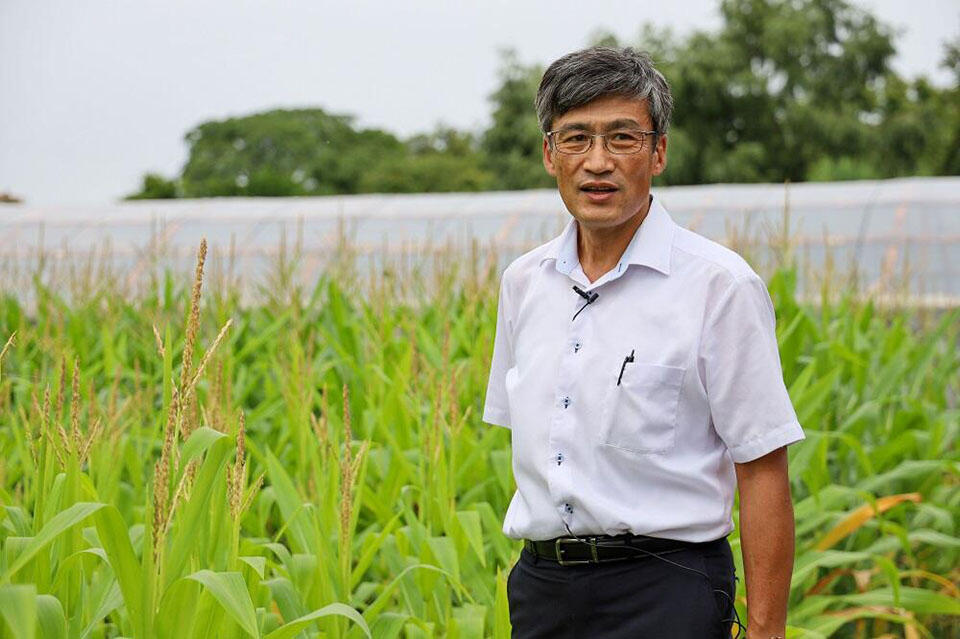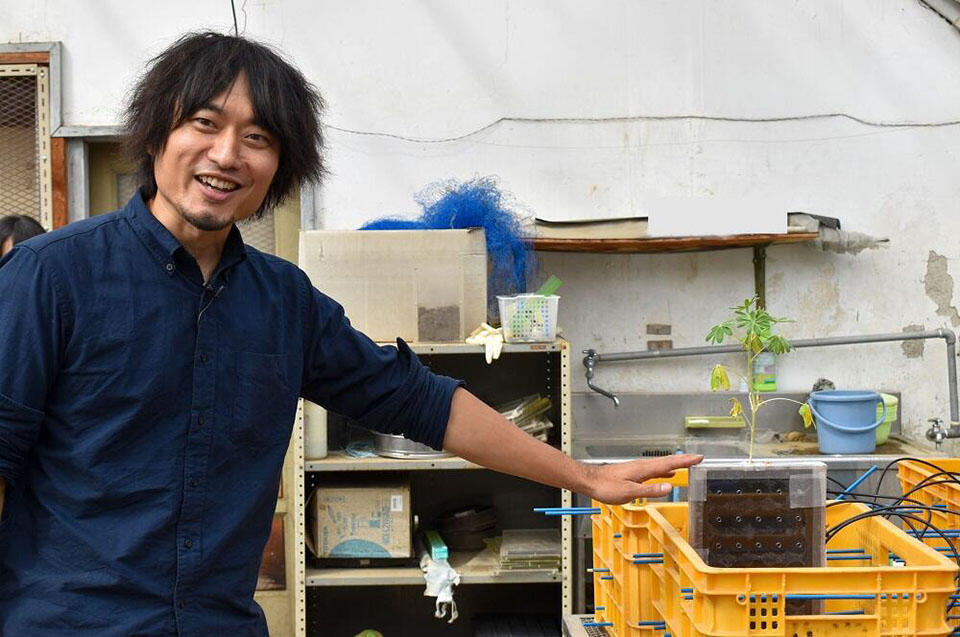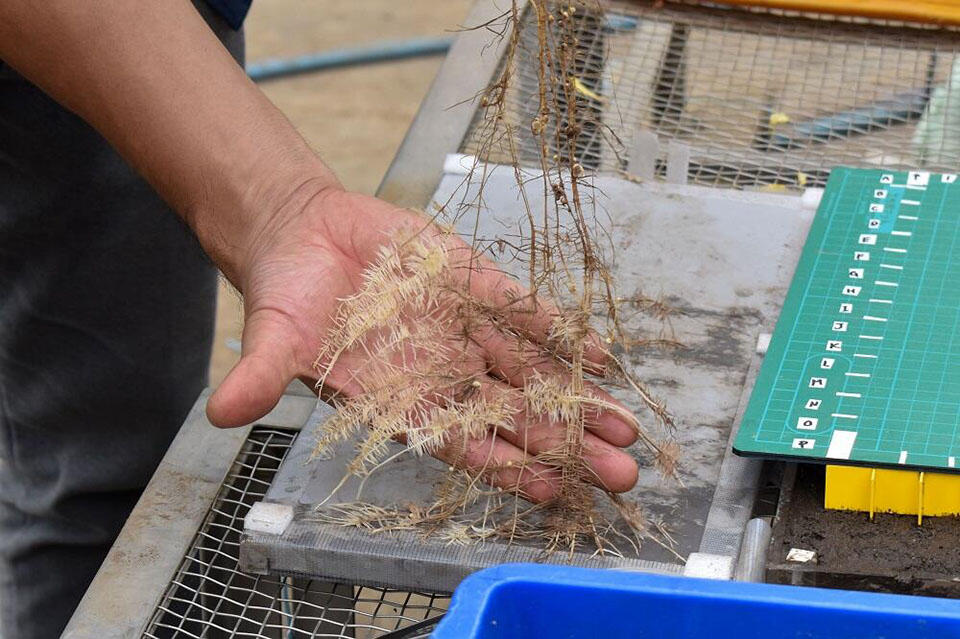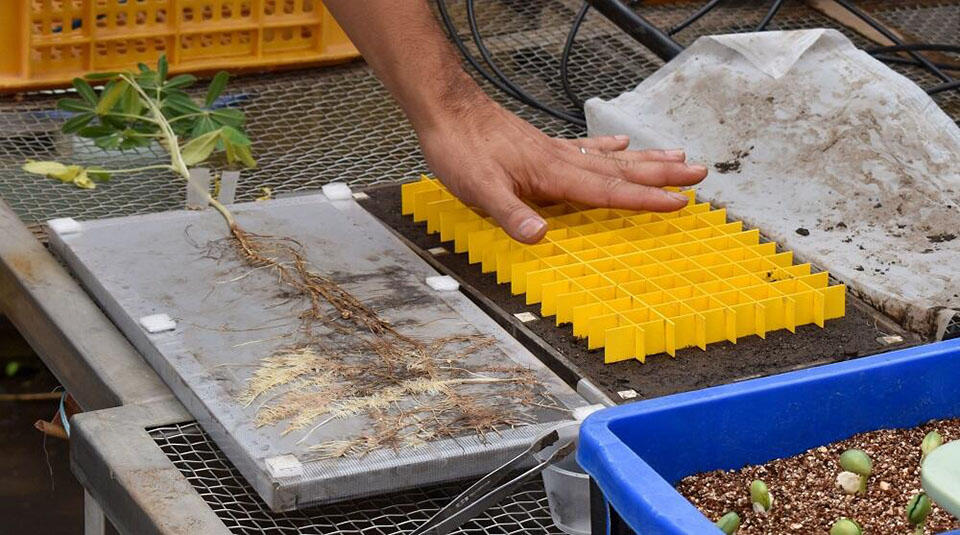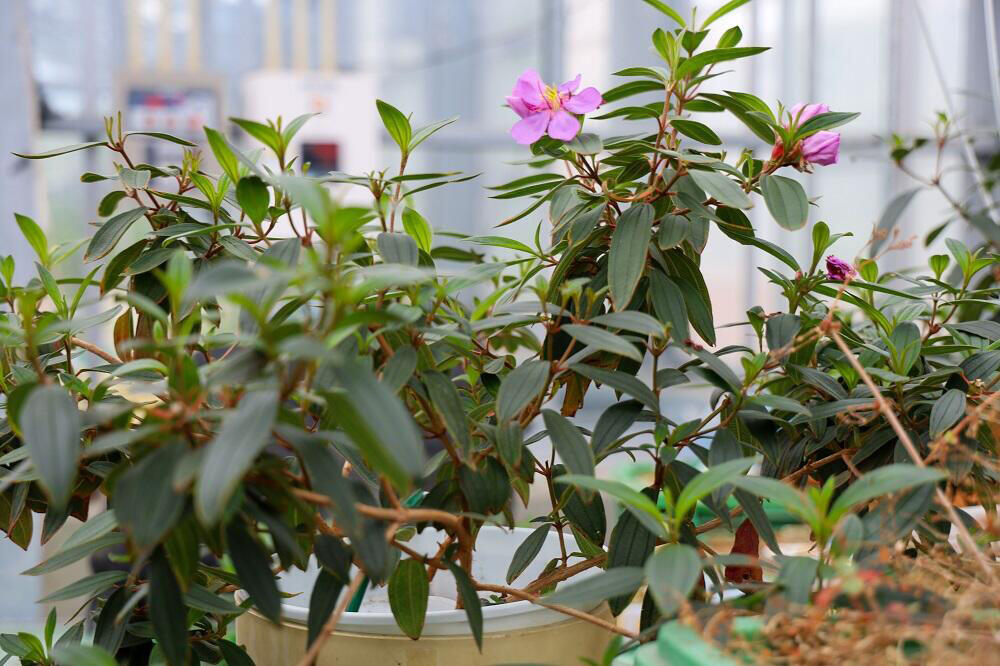Fields of Knowledge: Hokkaido University’s Sapporo Experimental Farm “The Secret of soil’s vitality”
Research Highlight | September 08, 2021
Hokkaido University’s research and academic facilities extend throughout Hokkaido and to Wakayama Prefecture, including experimental farms and ranches, extensive research forests, training ships, and aquatic research stations. With a total area of about 70,000 hectares, the research forests are among the largest in the world. The “Fields of Knowledge” series focuses on the diverse research and academic activities taking place in the fields.
This video introduces Hokkaido University’s Sapporo Experimental Farm. Under the guidance of Dr. Clark, the farm was originally designed as a “model farm” for local farmers, when Sapporo Agricultural College (present-day Hokkaido University) was established in 1876. On this occasion, we will meet three researchers from the Laboratory of Plant Nutrition, Research Faculty of Agriculture, who have been carrying out experiments in one field segment of the farm.
A century-long field experiment
First, we visited Professor Takuro Shinano. Shinano deals with soil composition, investigating how plants could survive in a low-nutrient environment.
Normally, crops are grown by artificially fertilizing the field with three major elements required by plants: nitrogen (N), phosphorus (P), and potassium (K). In this field managed by the laboratory, however, crops have been cultivated for over 100 years by closely controlling those three elements. The field is divided into 5 different plots, each receiving a different treatment: N-deprived field, P-deprived field, K-deprived field, N-P-K-deprived field, and one field—a control—that receives all of the three elements like a normal field.
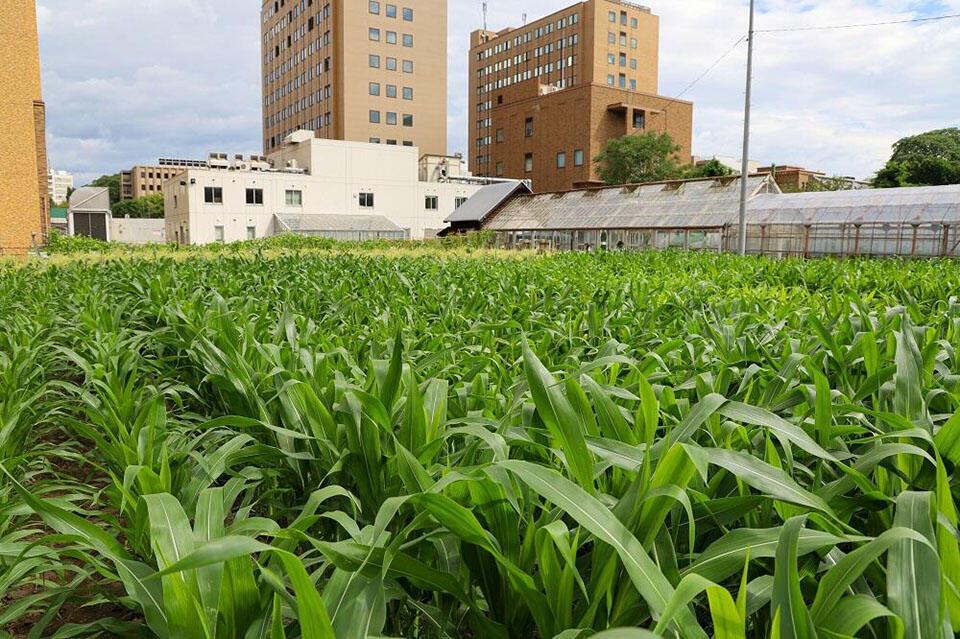
The field managed by the Laboratory of Plant Nutrition. The types of the cultivated plants differ each year.
Corn was cultivated in 2020.
“After having managed this field for a long period of time, we see that the plants in all plots can still survive, even without artificial fertilization. But, without fertilizers, the plants’ growth is significantly limited since they use up much of the soil nutrients.” For this reason, I am interested in looking into the plants’ and the crops’ ability in absorbing the necessary nutrients from the soil,” explained Shinano.
The laboratory is continuing their research in this historical field by using various methods to elucidate the mystery of nutrition exchange between soil and plants.
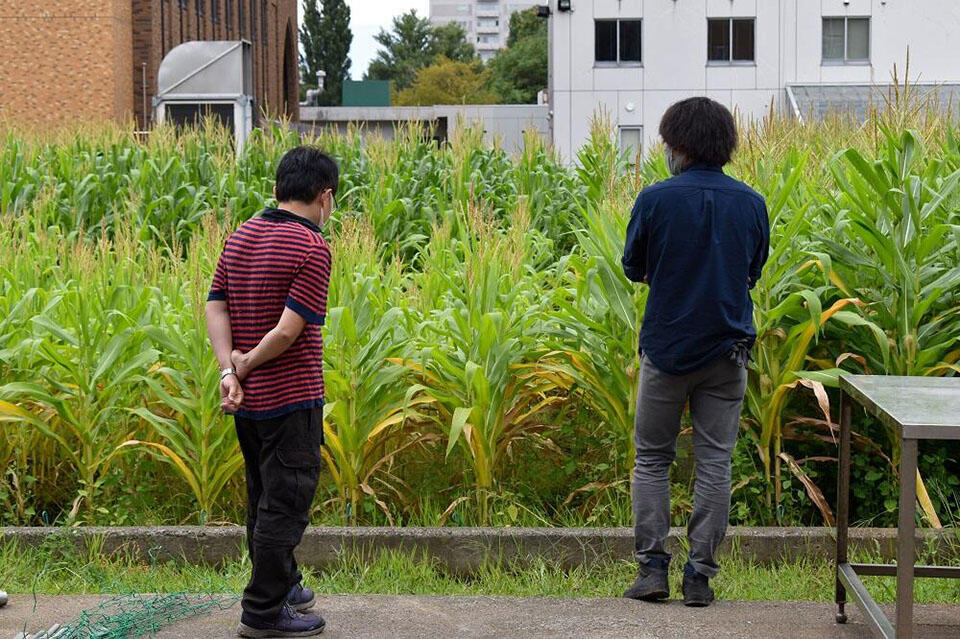
The plot grown with light-green corn (front left) has not received any N-P-K for over 100 years. The plot with dark-green corn (front right) receives N-P-K. Although there are differences in color and size, it can be seen that the corns on the left side are also thriving.
Focus on soil-root interactions
Assistant Professor Hayato Maruyama is specifically investigating what takesplace between the root and soil. Since it is difficult to observe roots under the ground, they use a device called “rhizobox” (that sandwiches the roots and soil between acrylic plates.
“We know that 80% of phosphorus contained in soil is organic phosphorus, which plants cannot absorb. So, the amount of phosphorus plants can absorb is insufficient and it affects their growth. However, lupin bean is said to have ‘cluster roots’ which are believed to enable the nutrients absorption that other plants can’t by using its brush-like, dense roots, ” said Maruyama.
From the rhizobox experiments, Maruyama and his research team are convinced that the cluster roots produce and secrete organic acids which convert organic phosphorus into inorganic phosphorus, thus making phosphorus available for absorption by the plant. They are also developing a new experimental method of dividing the cluster roots and the soil taken out from the rhizobox into small sections. The roots’ secretions and soil condition of each section can be examined to attain a deeper understanding of the root-soil interactions.
Focus on plants survivability in bad environmental soil
Associate Professor Toshihiro Watanabe explores the secrets behind plants’ adaptability in nutrition-deficient environments and polluted soil. One of his studies looks at the mechanism of a tomato plant disorder called Blossom-End Rot (BER). Although it has always been believed that calcium deficiency causes the BER, many details are yet to be unveiled.
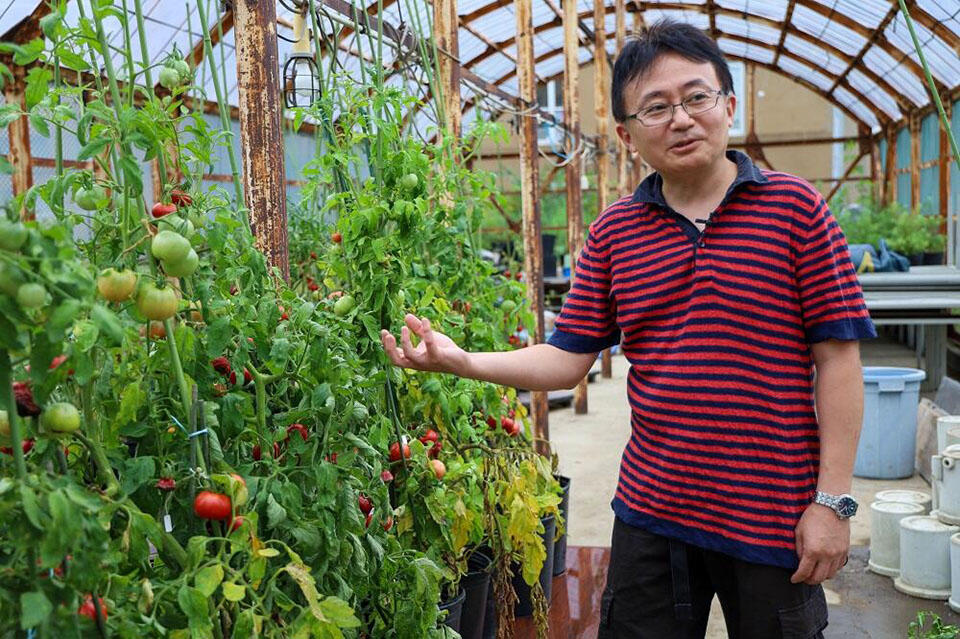
Watanabe grows seven types of tomatoes in the school’s greenhouse. Some exhibit BER symptoms which are commonly found in paprika and plants of the Solanaceae family, relatives of the tomato.
Watanabe is also studying Melastoma, a plant that grows by adapting to acidic soil containing aluminum.
“Most plants do not absorb harmful aluminum, but Melastoma has a mechanism to actively absorb and detoxify this element. Many researchers have been studying aluminum’s benefits to plants; but considering the fact that we have been studying it for 25 years, I think our laboratory is the longest in this run,” explained Watanabe.
The future of plant nutrition research
We finally asked Shinano about what he expects in the realm of agricultural research.
“I think our laboratory’s most important mission is to persistently learn how to grow plants in malnourished soil and in spite of other types of detrimental environmental factors. Also, in order to contribute to global agriculture, we must keep in mind that our affiliation is the Faculty of Agriculture. Agriculture is a practical science and a study of detecting problems. By growing crops in the fields and greenhouses, we hope that we can be aware and spot the issues that are affecting human lives. I also think that it is our role to create technologies to solve those problems.”
Based on the spirit of emphasizing practical science inherited from Sapporo Agricultural College, the Laboratory of Plant Nutrition continues to solve agricultural issues. Sapporo Experimental Farm will continue to support aspiring researchers.
Laboratory webpage:
https://plantnutritionhu.wixsite.com/en-index
Related article:
Spotlight on Research: Get to know your plants through ionomics
The original article, in Japanese, is available here.
Translated and rearranged by Aprilia Agatha Gunawan

